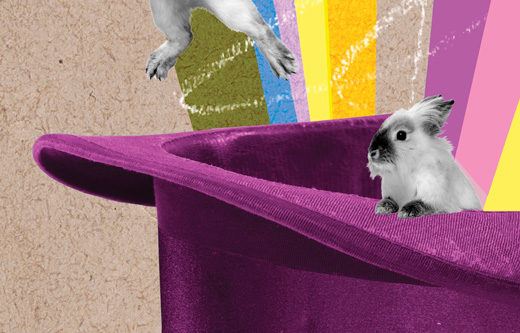Book: ‘Processing’ — and the design critics rave
Casey and I were both involved at the meanwhile defunct but very well known Interaction Design Institute Ivrea. I got to know Casey as a warm, humble and brilliant interaction designer and a very strong artist.
Now MIT Press has published a book by Casey and Ben on Processing and the recommendations it goes with are worth quoting:
“Processing is a milestone not only in the history of computer software, of information design, and of the visual arts, but also in social history. Many have commented on the pragmatic impact of the open source movement, but it is time to also consider Processing’s sociological and psychological consequences. Processing invites people to tinker, and tinkering is the first step for any scientific and artistic creation. After the tinkering, it leads designers to their idea of perfection. It enables complexity, yet it is approachable; it is rigorous, yet malleable. Its home page exudes the enthusiasm of so many designers and artists from all over the world, overflowing with ideas and proud to be able to share. Processing is a great gift to the world.”
—Paola Antonelli, Curator, Architecture and Design, MOMA“This long-awaited book is more than just a software guide; it is a tool for unlocking a powerful new way of thinking, making, and acting. Not since the Bauhaus have visual artists revisited technology in such a world-changing way. Ben Fry and Casey Reas have helped a growing community of visual producers open up fresh veins of expression. Their work proves that code is open to designers, architects, musicians, and animators, not just to engineers. Providing a powerful alternative to proprietary software, Processing is part of a new social phenomenon in the arts that speaks to self-education and networked engagement.”
—Ellen Lupton, Director of the graphic design MFA program at Maryland Institute College of Art, Baltimore, and Author of D.I.Y: Design It Yourself“A whole generation of designers, artists, students, and professors have been influenced by Processing. Now, a handbook is published that goes far beyond explaining how to handle the technology and boldly reveals the potential future for the electronic sketchbook.”
—Joachim Sauter, University of the Arts, Berlin, Founder, Art+Com
(via Bruce Sterling)




